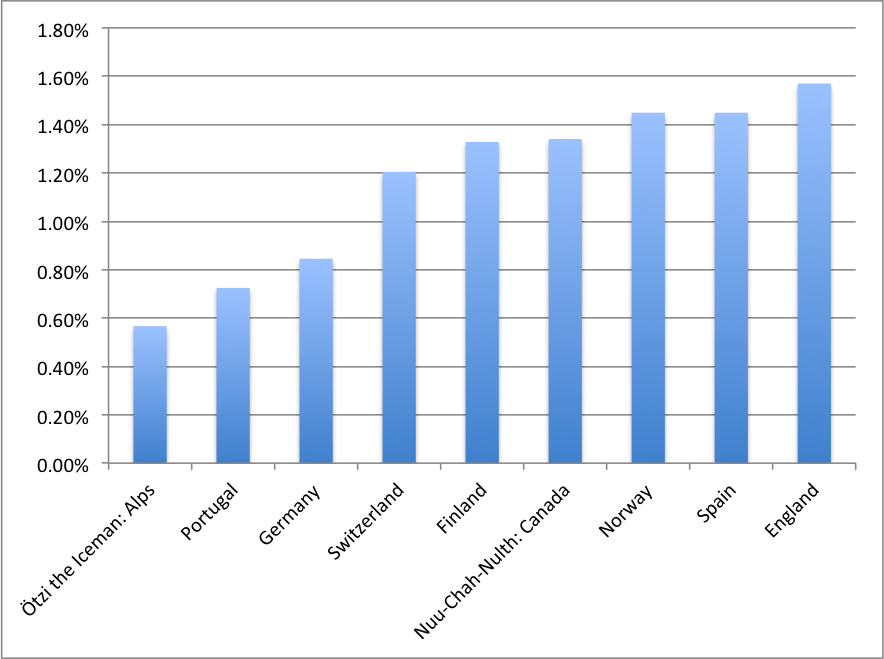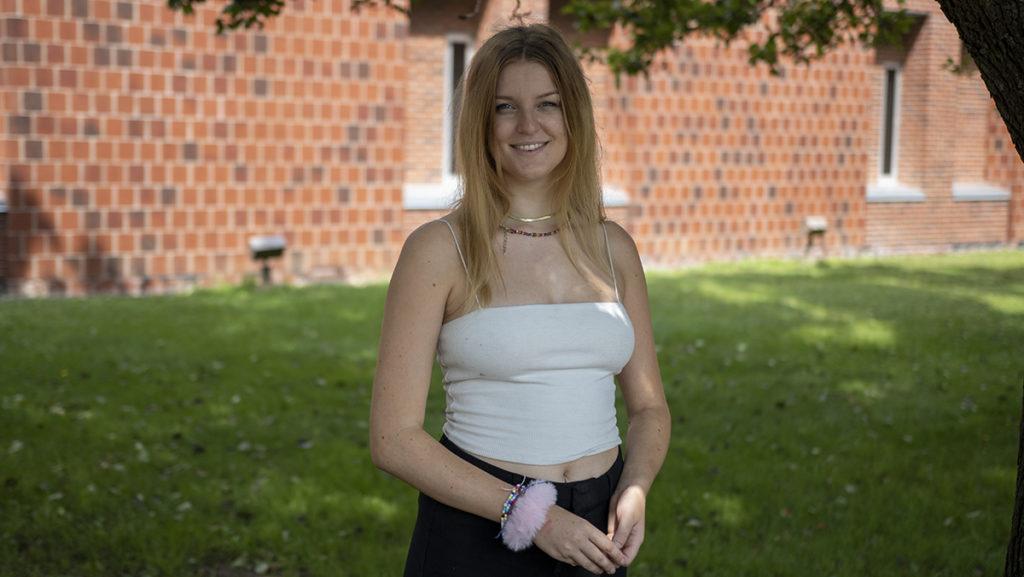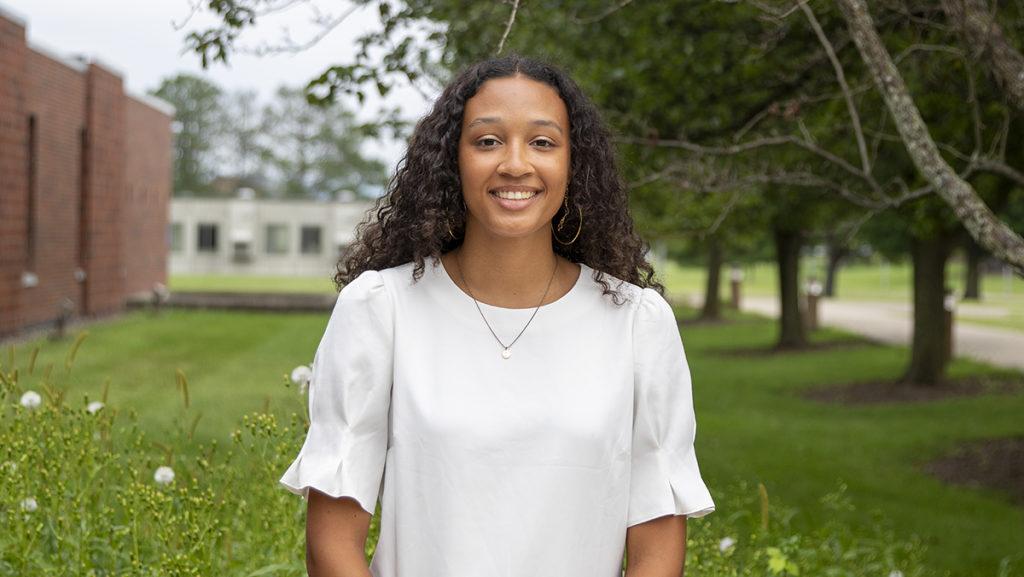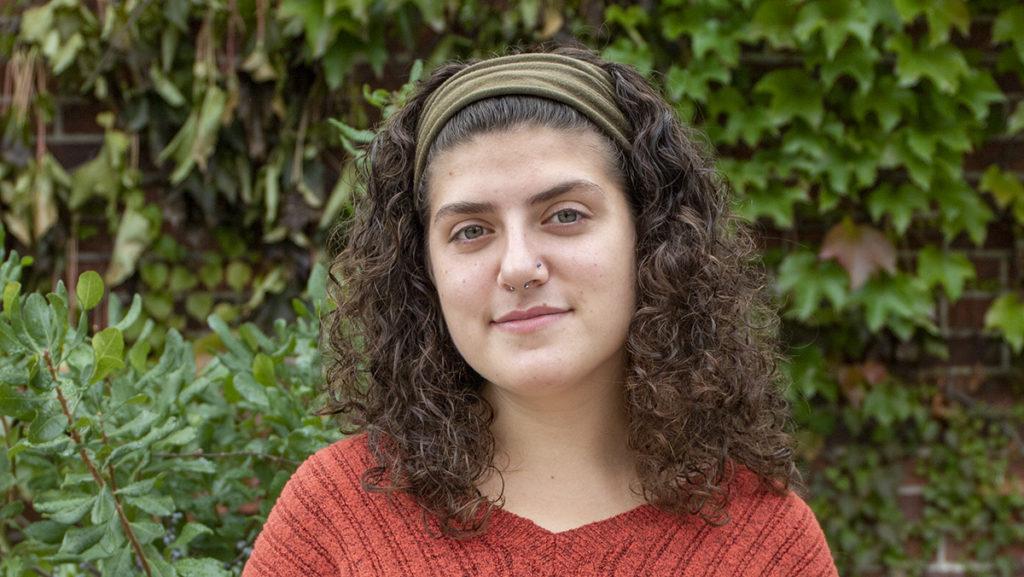Anyone who has taken (or is taking) 200s-level genetics at Ithaca College will be familiar with the mtDNA experiment in lab. While the collection, amplification, and purification of the DNA is a tedious process, the results from processing at Cornell could tell you how close your genes are to a person in another country, a Neanderthal, or even a member of the Romanov line.
Mitochondrial DNA, or mtDNA for short, is a small segment of DNA found in the mitochondria of our cells; you may remember from biology that the mitochondria are the organelles that make energy for the cell. The prevailing theory is that, way back in evolutionary history, these little powerhouses were once independent cells that were engulfed by larger cells and then incorporated as organelles. This explains why they have a genome that is completely different from the genome in our nucleus.
Because mtDNA is separate from the rest of our DNA, it is also inherited differently: instead of inheriting one copy from Mom and the other from Dad, we inherit all mtDNA from Mom. It also accumulates mutations much more quickly than the rest of our DNA. Because of these properties, mtDNA is very useful in determining maternal lineage through tracking the mutations.
Tying back to the experiment, I was able to take a look at my own sequence yesterday and use the Cold Spring Harbor Laboratory’s BioServer database to compare that 410-base pair segment to others in the database. By tracking the percentage of differences in a wide variety of sequences, I could see what countries had similar sequences and therefore, in theory, determine where my maternal lineage came from.
Of course, modern genealogy provides me with a solid idea of where I come from – which includes Germany, Spain, and England – so it was no surprise that sequences from those countries are around 1-1.5% different from my own. However, it turns out that I’m also closely matching with sequences from Russia, Portugal, and, in a strange twist of events, Ötzi, the mummy found in 1991 in the Ötztal Alps between Austria and Italy.

Mitochondrial DNA analysis is not a new development, but it has played an integral part in determining lineage; one famous example was of the family of Nicolas II, the last tsar of Russia. Many women claimed to be the lost princess Anastasia after the royal family’s murders in 1918, and the bodies of only the Tsar, Tsarina, and three daughters had been identified as of 1991. However, two more bodies were found in 2007, and mtDNA testing proved that these were indeed the son and fourth daughter and therefore that no one in the Romanov family survived the execution.
While your results won’t tell you that you’re a lost Russian princess, or what your paternal lineage is, mtDNA analysis can provide a snapshot of your maternal ancestry that goes back further than most of what we can track with historical records. In the meantime, I guess I’ll have to settle for only knowing my paternal lineage back 10 generations.






